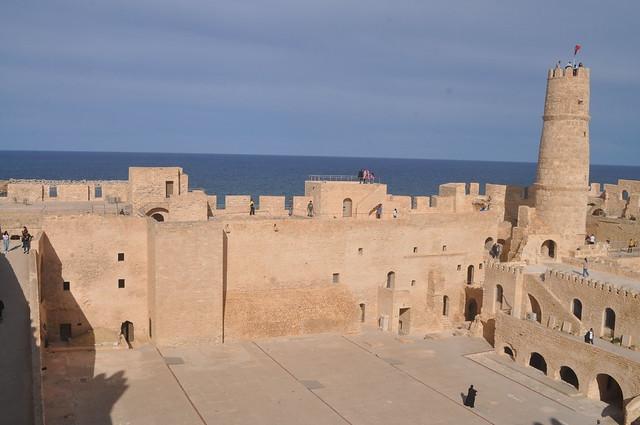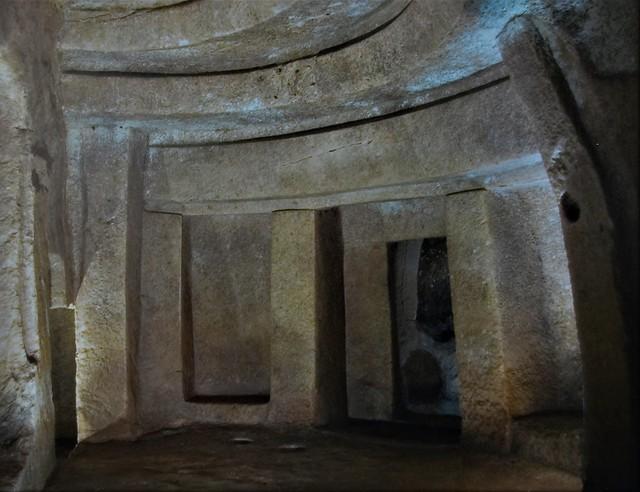



Monastir
Overview
Historical Significance
Monastir is a coastal city in Tunisia that boasts a rich tapestry of history, dating back to ancient times. Originally founded by the Phoenicians as a trading post, Monastir evolved into a prominent center during the Roman Empire. The remnants of this era can be seen in the ruins of the ancient city of Ruspina, located nearby. However, the city is perhaps best known for its impressive fortifications, particularly the stunning Ribat of Monastir. This well-preserved Islamic fortress was built in the 8th century and served as a military outpost and a center for Islamic learning. Today, it stands as a testament to the city's historical significance and offers panoramic views of the Mediterranean Sea.
Cultural Atmosphere
The atmosphere in Monastir is a vibrant blend of the past and present, where ancient traditions intertwine with modern life. The local culture is heavily influenced by its Islamic heritage, evident in the architecture of mosques and the bustling souks (markets) that line the streets. As you wander through the narrow alleyways, you will encounter artisans crafting intricate ceramics, textiles, and jewelry, reflecting the city’s rich artisanal heritage. The warm hospitality of the locals adds to the welcoming atmosphere, making visitors feel at home as they explore the city's treasures. The lively cafés and restaurants offer a taste of traditional Tunisian cuisine, where dishes like couscous, brik, and grilled seafood are celebrated.
Local Characteristics
Monastir is not just about history; it's also a city with a vibrant contemporary vibe. The coastal location lends itself to beautiful beaches, making it a popular destination for sun-seekers and water sports enthusiasts. The beach promenade, lined with palm trees, invites visitors to relax while enjoying the stunning views of the Mediterranean. The city is also known for its various festivals and events, such as the annual International Festival of Monastir, which showcases music, dance, and theater, celebrating both local and international talent.
Key Attractions
A visit to Monastir is incomplete without exploring its key attractions. The Ribat is a must-see for its architectural beauty and historical significance, while the Bourguiba Mausoleum pays homage to the first President of Tunisia, Habib Bourguiba, who hailed from this city. The mausoleum is an architectural marvel with its intricate mosaic work and serene gardens, offering a peaceful space for reflection. Moreover, the nearby village of Sousse, known for its UNESCO-listed Medina, adds another layer to the cultural exploration available in this region.
Shopping and Nightlife
When it comes to shopping, Monastir’s souks are a treasure trove of local crafts, spices, and souvenirs. Bargaining is a common practice, and engaging with local shopkeepers can lead to charming conversations and unique finds. As the sun sets, the city transforms; numerous bars and cafes come alive with music and laughter. The nightlife here is laid-back but vibrant, with many venues offering live music and traditional dance performances, allowing travelers to immerse themselves in the local culture.
Conclusion
In Monastir, the past echoes through its architecture, while the present thrives in its lively streets and friendly faces. This city captures the essence of Tunisia, making it an essential stop for anyone looking to explore the North African country’s rich history and vibrant culture. Whether you’re lounging on the beach, savoring traditional meals, or exploring ancient sites, Monastir promises a memorable experience that reflects both its historical importance and modern charm.
Other towns or cities you may like in Tunisia
Explore other cities that share similar charm and attractions.




